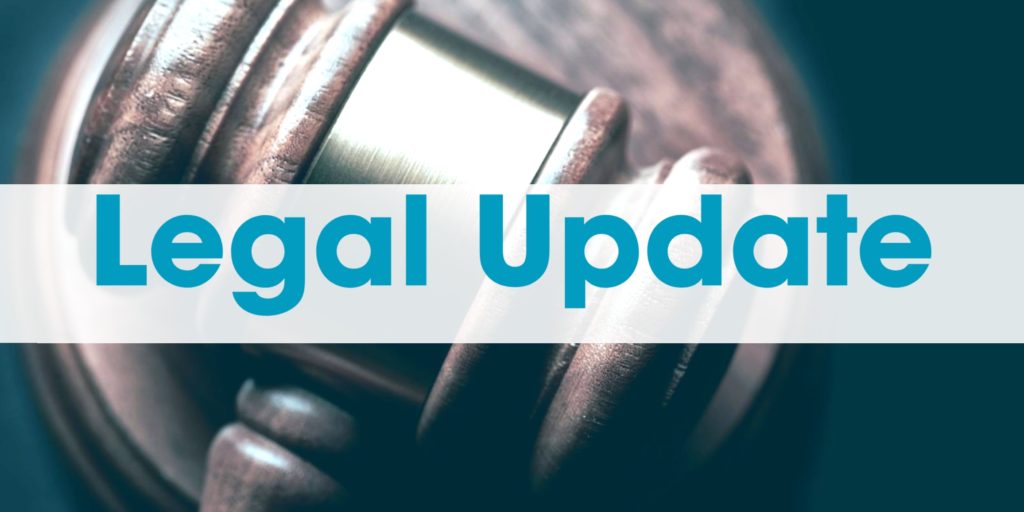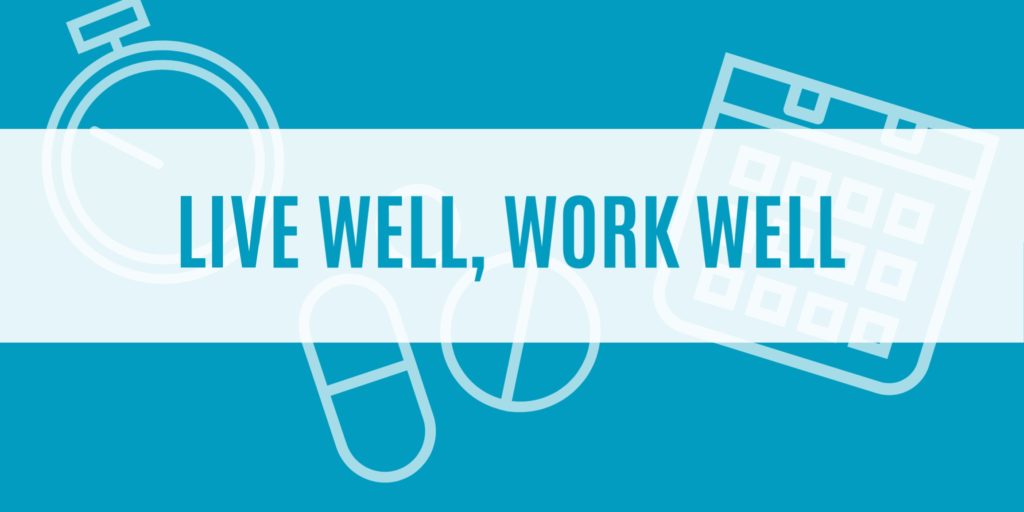
On July 21, 2020, the National Labor Relations Board (NLRB) issued a decision that eases the way for employers to discipline or discharge an employee based on abusive or offensive conduct—such as racist or profane remarks— committed while the employee was also engaged in activities that are protected under the National Labor Relations Act (NLRA).
Uniform Standard
The decision means that, in any NLRB case in which an employee who engaged in abusive or offensive conduct claims he or she was disciplined for NLRA-protected activity, the employer may show that its adverse employment action was lawful by proving that:
- The employee’s protected activity was not a motivating factor in the discipline or discharge; and
- It would have taken the same action even in the absence of the protected activity (for example, by showing consistent discipline of other employees who engaged in similar conduct).
 On July 21, 2020, the National Labor Relations Board (NLRB) issued a decision that eases the way for employers to discipline or discharge an employee based on abusive or offensive conduct—such as racist or profane remarks— committed while the employee was also engaged in activities that are protected under the National Labor Relations Act (NLRA).
On July 21, 2020, the National Labor Relations Board (NLRB) issued a decision that eases the way for employers to discipline or discharge an employee based on abusive or offensive conduct—such as racist or profane remarks— committed while the employee was also engaged in activities that are protected under the National Labor Relations Act (NLRA).


 In response to the COVID-19 pandemic, day cares and schools shut their doors. Months later, child care centers remain closed in many parts of the country, which means that parents are tasked with juggling caregiving and work responsibilities.
In response to the COVID-19 pandemic, day cares and schools shut their doors. Months later, child care centers remain closed in many parts of the country, which means that parents are tasked with juggling caregiving and work responsibilities.
 This article contains important information from the Centers for Disease Control and Prevention (CDC) regarding quarantining after a COVID-19 exposure.
This article contains important information from the Centers for Disease Control and Prevention (CDC) regarding quarantining after a COVID-19 exposure.